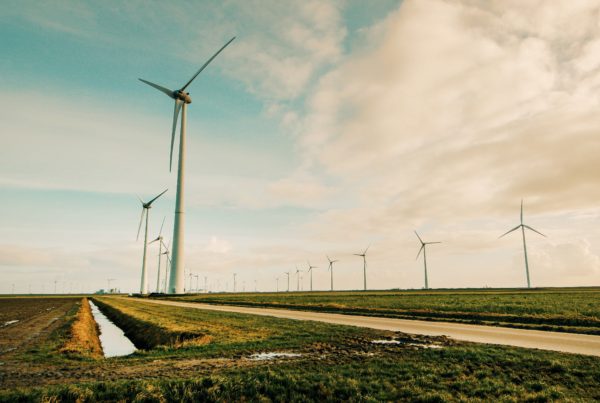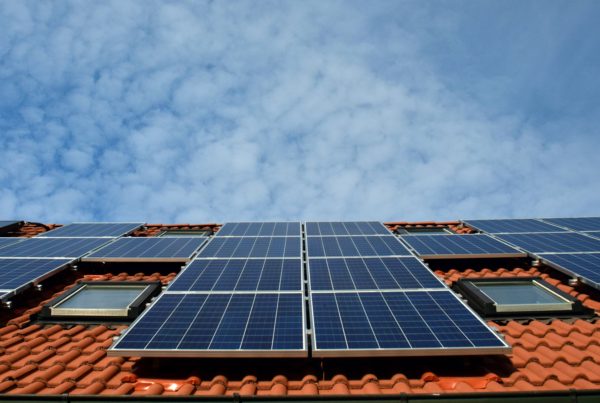The key components includes:
- PV Modules: A solar PV module is a device in which several solar cells are connected together to generate more power than a single solar cell. The PV modules are available in the power rating range from 3 watt to 300 watt. They really form the basic building block of PV systems as power generating unit.
- Inverter: Inverter changes DC electricity produced from the arrays into AC sine wave that matches the grid AC supply in voltage and frequency to which it is connected. The resulting power can then be used by the AC loads, and also exported to the grid.
- Cables: It is used to connect the modules with one another, then to the array junction box, the array junction box to the DC isolator and the DC isolator to the inverter. It is important to select a cable that meets the requirements of IEC 62548: Design Requirement for PV arrays (in terms of voltage and current specifications), and minimises voltage drop or losses along its full length.
- AC Cables: It connects the inverter to the distribution board and finally to the grid. The voltage from the inverter is typically either 230V AC single phase or 415V AC three-phase depending on the capacity of inverter. The AC cables required are the same cables used in general electrical installations.
- Array junction box/DC combiner box is used when the array is comprised of a number of parallel strings. Cables from the array strings are interconnected in this array junction box.
- Overcurrent Protection Devices/Circuit Breakers: PV modules are current limited sources but can be subjected to over currents. The over current can originate from multiple parallel strings or inflows from external sources. Overcurrent within a PV array can also result from earth faults in array wiring or from fault currents due to short circuits in modules, in junction boxes, combiner boxes or in module wiring.
- Disconnection devices: Such as fuses and isolators are used to protect the system during the time of maintenance.
- Lightning protection systems (LPS): They are installed in areas where there is high occurrence of thunderstorms. Some buildings are already equipped with LPS and in such cases, proper integration with the RTPV system as per IEC 62305 – 3 is required.
- Earthing and bonding arrangement: These arrangement is for earthing exposed conductive parts of a PV array is important due to the Bonding to avoid uneven potentials across an installation, Protective earthing so that there is fault current path, Lightning protection.
- Energy Meters: It record the electrical energy flowing across the points where the meters are connected. The electricity consumer is then billed for this consumption on the tariff set for that consumer. Electricity distributors will often have different rates for residential houses compared with industrial and/or commercial consumer.
- System Monitoring: It plays an important role as it gives an overview of the entire system based on the number of units or kWh generated per annum. Additionally, the monitoring system highlights the generation of the system as per its design as well as the expectation from the system. Most inverters are equipped with a data module and communication system that constantly updates the amount of power generated on a timely basis(hourly, daily, monthly) and sends the same to its respective online portal on which the customer can monitor his/her system.






